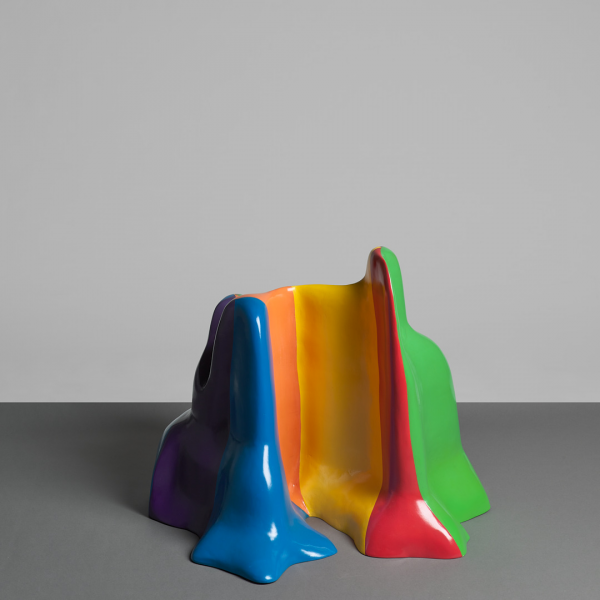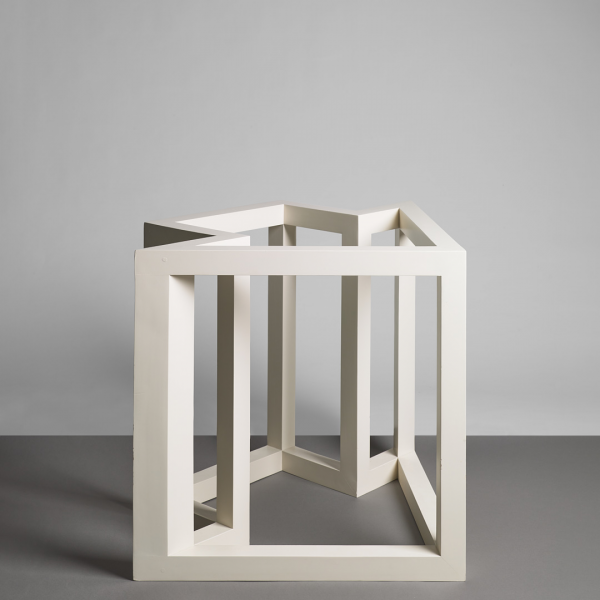Lewitt, Sol
(Hartford, Connecticut, 1928-Nueva York, 2007)
Considered a key artist of the minimalist movement, along with Carl Andre (1935–2024), Dan Flavin (1933–1996), Donald Judd (1928–1994) and Robert Morris (1931–2018), Solomon LeWitt (better known as Sol LeWitt, Hartford, Connecticut, 1928–New York, 2007) was also a leading figure of post-minimalism and a founding father of conceptual art.
Born to a family of Jewish immigrants from Russia, he was drawn to art from an early age. In 1949 he graduated with a degree in fine arts from Syracuse University and the following year he travelled to Europe for the first time. In 1951 he was conscripted to serve in the Korean War, and in 1953 he moved to New York, studying illustration at the School of Visual Arts and working in the publishing sector until 1956, when he joined the studio of the architect I.M. Pei (1917–2019) as a graphic designer. His relationship with architects would have a profound influence on his artistic conception, prompting him to prioritise ideation over material execution. This is exemplified by his famous Wall Drawings, which he started creating in 1968 with a broad team of collaborators. At the beginning of the 1960s he was employed by the Museum of Modern Art, working initially in the bookshop and then as a night receptionist. There he met Dan Flavin, Robert Ryman (1930–2019) and Robert Mangold (1937), as well as the future famous art critic Lucy R. Lippard (1937), with whom in 1976 he founded the non-profit Printed Matter, Inc. dedicated to the publication of artists’ books. He participated in various seminal exhibitions of the 1960s, such as the 1966 show Primary Structures at the Jewish Museum in New York that was instrumental in defining minimalism. During this period, he also published several ground-breaking texts on conceptual art: Paragraphs on Conceptual Art in 1967, and “Sentences on Conceptual Art” published in 1969 in the American art journal Artforum. At the end of the 1970s he relocated to Spoleto (Italy) and in 1983, after visiting the main mural paintings of the early Italian Renaissance, he started experimenting with India ink and gouaches in works that contain different nods to those murals, especially the ones by Giotto. He subsequently returned to the United States, where he passed away in New York in 2007.


